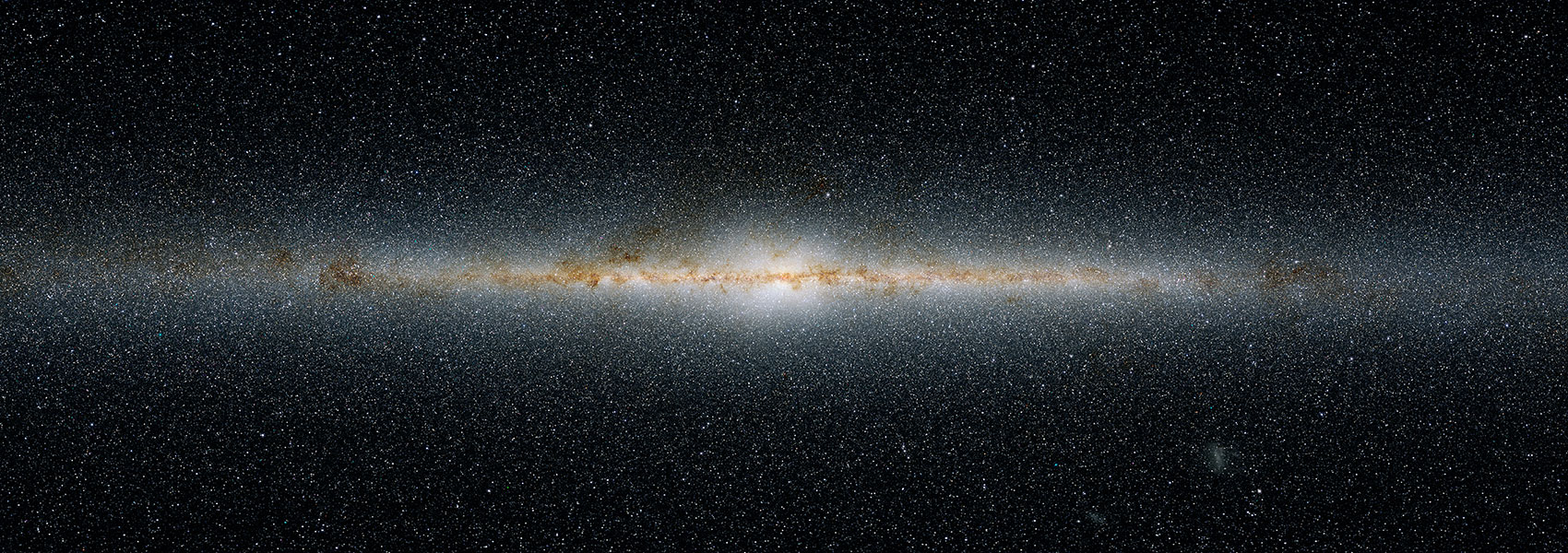June
2023
•
2023ApJ...949..120H
Authors
•
Ho, Anna Y. Q.
•
Perley, Daniel A.
•
Gal-Yam, Avishay
•
Lunnan, Ragnhild
•
Sollerman, Jesper
•
Schulze, Steve
•
Das, Kaustav K.
•
Dobie, Dougal
•
Yao, Yuhan
•
Fremling, Christoffer
•
Adams, Scott
•
Anand, Shreya
•
Andreoni, Igor
•
Bellm, Eric C.
•
Bruch, Rachel J.
•
Burdge, Kevin B.
•
Castro-Tirado, Alberto J.
•
Dahiwale, Aishwarya
•
De, Kishalay
•
Dekany, Richard
•
Drake, Andrew J.
•
Duev, Dmitry A.
•
Graham, Matthew J.
•
Helou, George
•
Kaplan, David L.
•
Karambelkar, Viraj
•
Kasliwal, Mansi M.
•
Kool, Erik C.
•
Kulkarni, S. R.
•
Mahabal, Ashish A.
•
Medford, Michael S.
•
Miller, A. A.
•
Nordin, Jakob
•
Ofek, Eran
•
Petitpas, Glen
•
Riddle, Reed
•
Sharma, Yashvi
•
Smith, Roger
•
Stewart, Adam J.
•
Taggart, Kirsty
•
Tartaglia, Leonardo
•
Tzanidakis, Anastasios
•
Winters, Jan Martin
Abstract
•
We present a search for extragalactic fast blue optical transients (FBOTs) during Phase I of the Zwicky Transient Facility (ZTF). We identify 38 candidates with durations above half-maximum light 1 day < t 1/2 < 12 days, of which 28 have blue (g - r ≲ -0.2 mag) colors at peak light. Of the 38 transients (28 FBOTs), 19 (13) can be spectroscopically classified as core-collapse supernovae (SNe): 11 (8) H- or He-rich (Type II/IIb/Ib) SNe, 6 (4) interacting (Type IIn/Ibn) SNe, and 2 (1) H&He-poor (Type Ic/Ic-BL) SNe. Two FBOTs (published previously) had predominantly featureless spectra and luminous radio emission: AT2018lug (The Koala) and AT2020xnd (The Camel). Seven (five) did not have a definitive classification: AT 2020bdh showed tentative broad Hα in emission, and AT 2020bot showed unidentified broad features and was 10 kpc offset from the center of an early-type galaxy. Ten (eight) have no spectroscopic observations or redshift measurements. We present multiwavelength (radio, millimeter, and/or X-ray) observations for five FBOTs (three Type Ibn, one Type IIn/Ibn, one Type IIb). Additionally, we search radio-survey (VLA and ASKAP) data to set limits on the presence of radio emission for 24 of the transients. All X-ray and radio observations resulted in nondetections; we rule out AT2018cow-like X-ray and radio behavior for five FBOTs and more luminous emission (such as that seen in the Camel) for four additional FBOTs. We conclude that exotic transients similar to AT2018cow, the Koala, and the Camel represent a rare subset of FBOTs and use ZTF's SN classification experiments to measure the rate to be at most 0.1% of the local core-collapse SN rate.
Links



